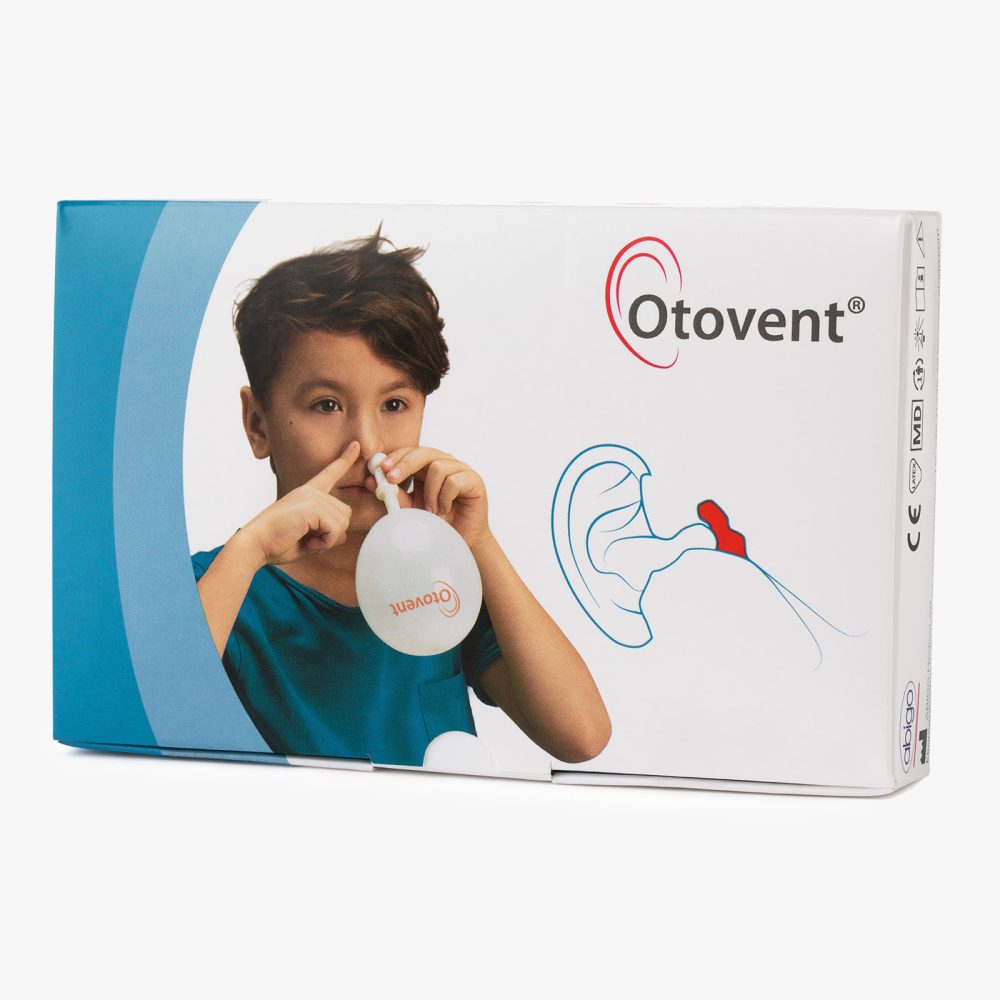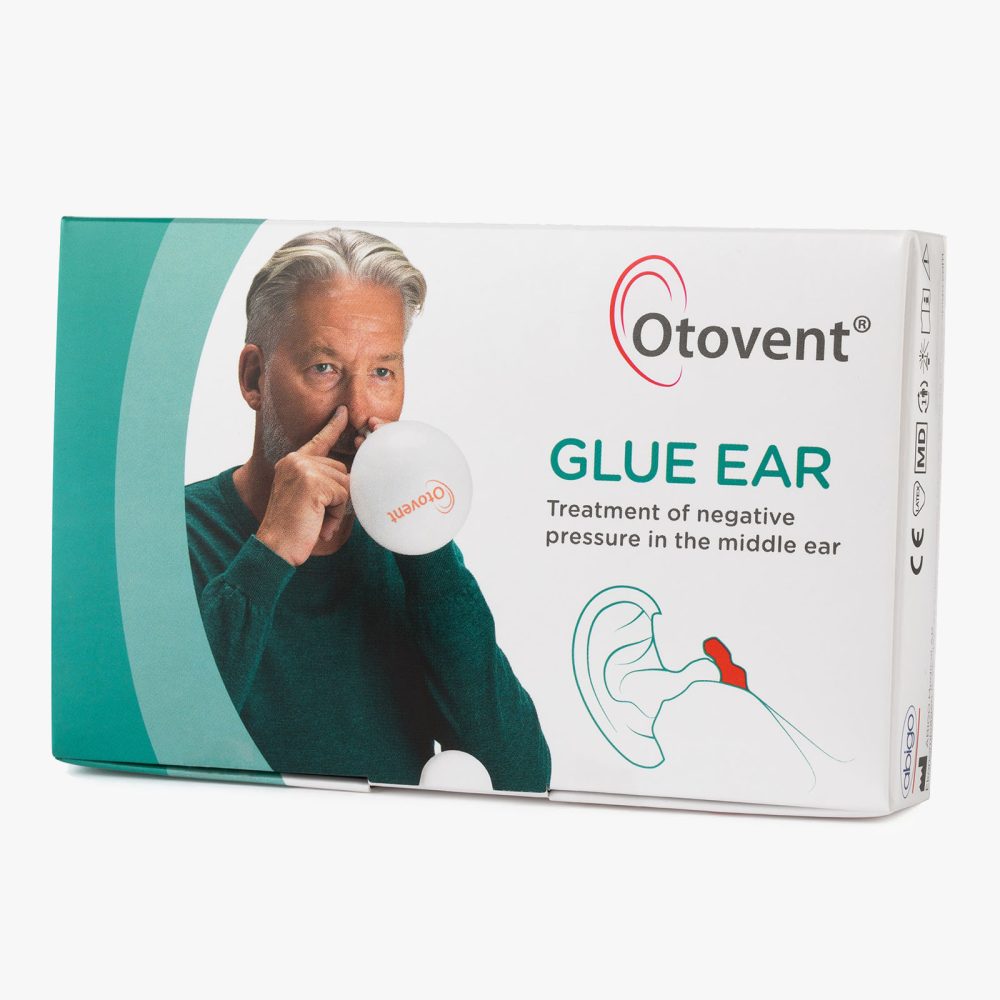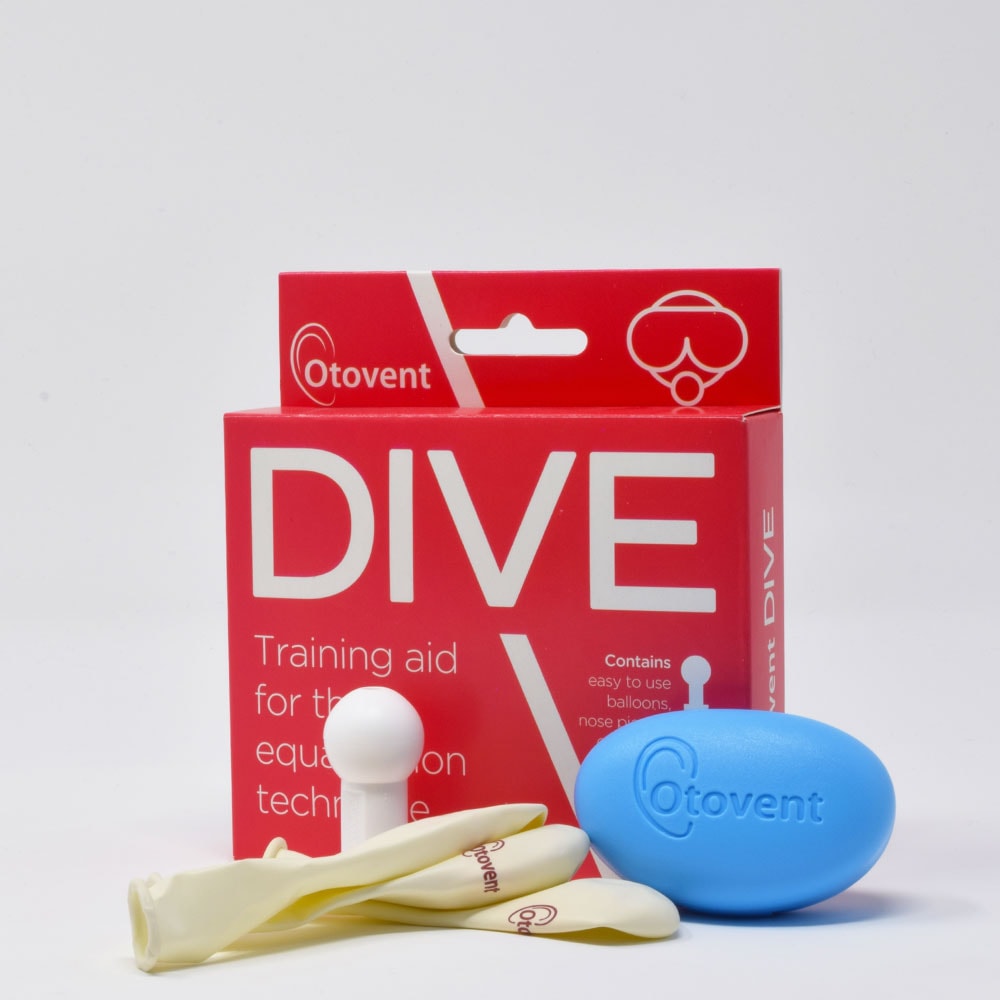Glue Ear Teachers’ Guide
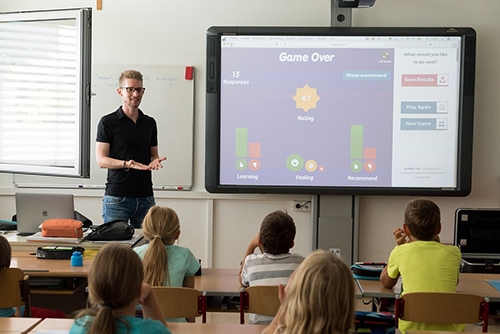
How does Glue Ear affect teaching?
Children suffering from Glue Ear have impaired hearing, which means that their ability to contribute to class can significantly diminish. Knowing the signs of the condition as a teacher could mean that parents can seek treatment promptly. Once you have established that a student does have Glue Ear there are ways of working around the condition to ensure the child experiences the best possible quality of education even whilst unwell.
What is Glue Ear?
Glue Ear is a common ear condition affecting 80% of children at least once in their childhood. It is often instigated by the common cold and occurs when the middle ear becomes blocked with a sticky ‘glue’ like substance. The tiny bones in the ear which conduct sound are restricted by the blockage meaning hearing is dulled.
Spotting the Signs
Difficulty learning new words & a limited vocabulary
Finds reading a challenge
Repeatedly asking "what?" or "pardon?"
Daydreaming & seeming withdrawn
Mispronounces words or misses out sections of words
Speaks loudly
Asks you to repeat yourself
Shows signs of frustration or anxiety
Gives inappropriate responses
Appears lost when answering a question or misunderstanding instructions
Tiredness & end of day grumpiness
Strains to hear & or staring intently at your face
Changeable hearing ability, particularly during winter
Difficulty following instructions, especially when background noise is high
Improving the experience of a child with Glue Ear
If a child has been diagnosed with the condition, there are some strategies you can deploy in the class room to mitigate the effect it has on their education.
Best seats in the house
Keep your mouth visible
Lighting is key
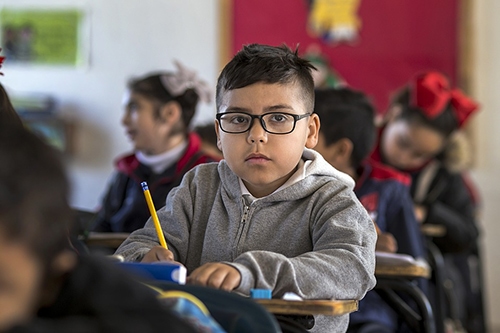
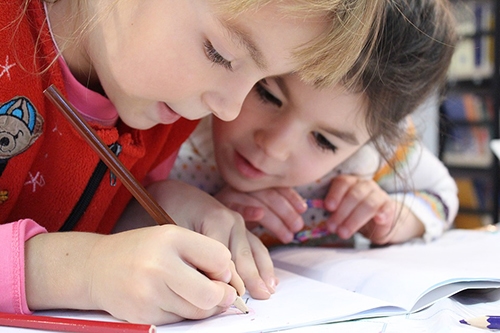
Always bear line of sight in mind
Wait until they’re watching
Call their name
Slow & steady wins the race
Avoid too much movement
Check in on them
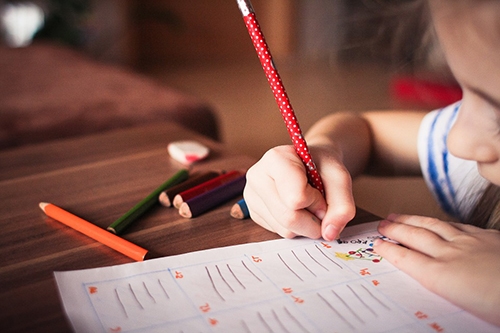

Summarise
Outside of class
Improve acoustics
Hearing equipment
Some classrooms are fitted with soundfield amplification systems. Children can also be provided with personal listening devices whilst you wear a microphone.
Treating Glue Ear
If you suspect a child is suffering with the condition, you should advise their parent to consult their GP. The GP may diagnose Glue Ear themselves or refer the family to an Audiologist. In many cases the condition will clear up by itself, but sometimes intervention is required. Traditionally this has usually meant insertion of a ventilation tube in the eardrum, which is known as Grommet surgery. However, this has been selected by the NHS as one of the surgeries it is trying to cut down on as a money saving exercise.
This is where Otovent comes in. The Otovent Autoinflation Device consists of a nose piece and a specially pressurised balloon which the child inflates via their nose. This act opens the eustachian tube allowing the sticky fluid associated with Glue Ear to safely drain away. Otovent is the only drug-free and non-surgical clinically proven treatment for Glue Ear. It is available over the counter in pharmacy and from the Otovent website.

